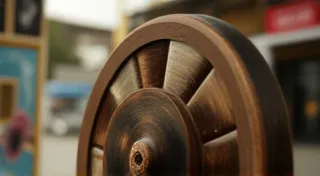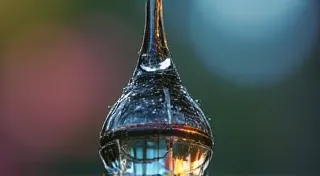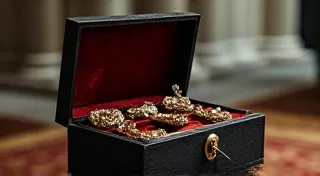Lacquer's Labyrinth: Decoding the Artistry in Vegetable-Dyed Buttons
The scent of old lacquer. It’s a peculiar fragrance – a mingling of wood, time, and a faint sweetness that speaks of processes long forgotten. For those of us drawn to the world of vintage buttons, the discovery of a vegetable-dyed button isn’t merely an acquisition; it's a tactile connection to history, to the hands that crafted them, and to the resourceful ingenuity of generations past. We often talk about the historical context of buttons – the fashions they adorned, the eras they represent – but few truly understand the complex and utterly captivating artistry involved in their creation, especially when considering the exquisite beauty of vegetable-dyed buttons.
My fascination with these remarkable objects began, as so many passions do, with a simple discovery. I was helping my grandmother clear out her attic, a treasure trove of forgotten memories and discarded heirlooms. Among the dusty boxes and yellowed photographs, I found a small tin filled with buttons. Most were unremarkable – molded plastics and machine-sewn metals – but nestled amongst them were a handful that shimmered with a unique, almost otherworldly glow. They weren’t the bright, uniform colors of modern buttons; these were muted, earthy tones – deep browns, soft greens, and subtle ochres, each possessing a depth that seemed to invite closer inspection.
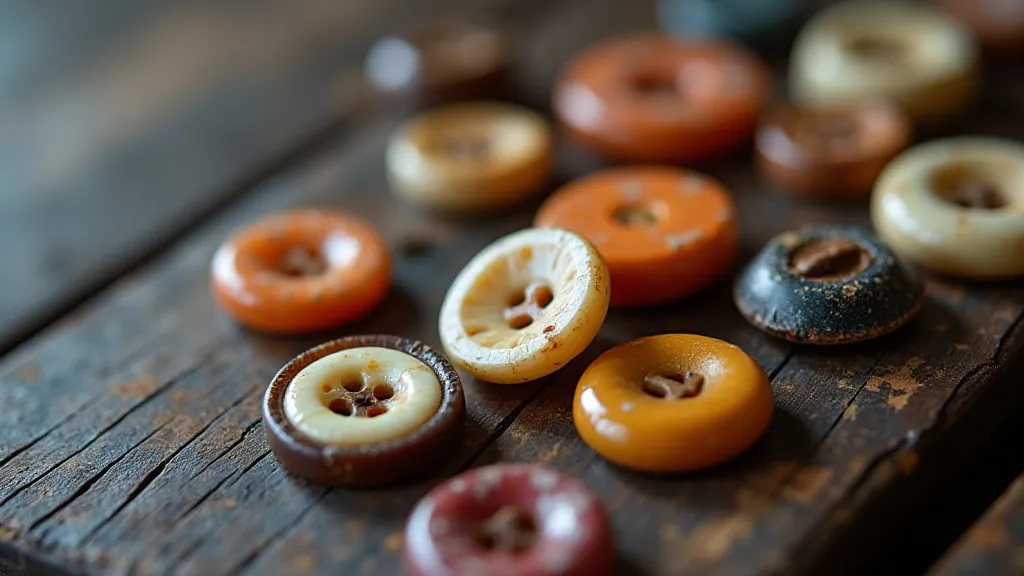
The Alchemy of Color: Sourcing the Natural Dyes
These, I later learned, were vegetable-dyed buttons – a far cry from the mass-produced items we see today. The process isn't about simply adding color; it's about an alchemic transformation, a delicate dance between natural materials and human skill. The source of the color lies within plants – roots, bark, leaves, flowers, berries – each yielding a spectrum of hues. Madder root, for instance, is legendary for its reds and oranges. Indigo yields the deep blues we associate with Victorian mourning attire. Weld, a cheerful yellow flower, provides a sunny disposition. Walnut husks create rich browns, while avocado pits can produce surprisingly delicate pinks.
The challenge wasn’t just *finding* these plants. It was about understanding their properties, the seasonality of their availability, and the skill required to extract and fix the color. The strength of the dye varied wildly depending on the plant's growing conditions – the soil, the sunlight, the rainfall. A small variation could mean the difference between a vibrant, long-lasting color and a faded, ephemeral wash. The knowledge was passed down through families, often guarded as a carefully preserved trade secret.
The Craft of the Dyer: Beyond Simple Application
The application of the dye wasn’s straightforward either. The buttons themselves were typically made of bone, horn, wood, or even seeds – materials readily available and easily shaped. But these materials presented unique challenges. Bone required careful preparation to ensure proper absorption; wood needed to be properly seasoned to prevent cracking or warping; seeds had to be meticulously cleaned and dried. The dyer wasn't just applying color; they were working *with* the material, coaxing out its inherent beauty and ensuring its durability.
The dyeing process itself involved multiple stages. The raw material would first be mordanted - treated with a substance like alum or tannin – to help the dye adhere permanently. This was crucial. Without mordanting, the color would simply wash away with the first cleaning. Then, the button would be immersed in the dye bath, often repeatedly, with each dip adding a layer of depth and complexity. The timing was everything. Too short, and the color would be weak; too long, and the material might be damaged.
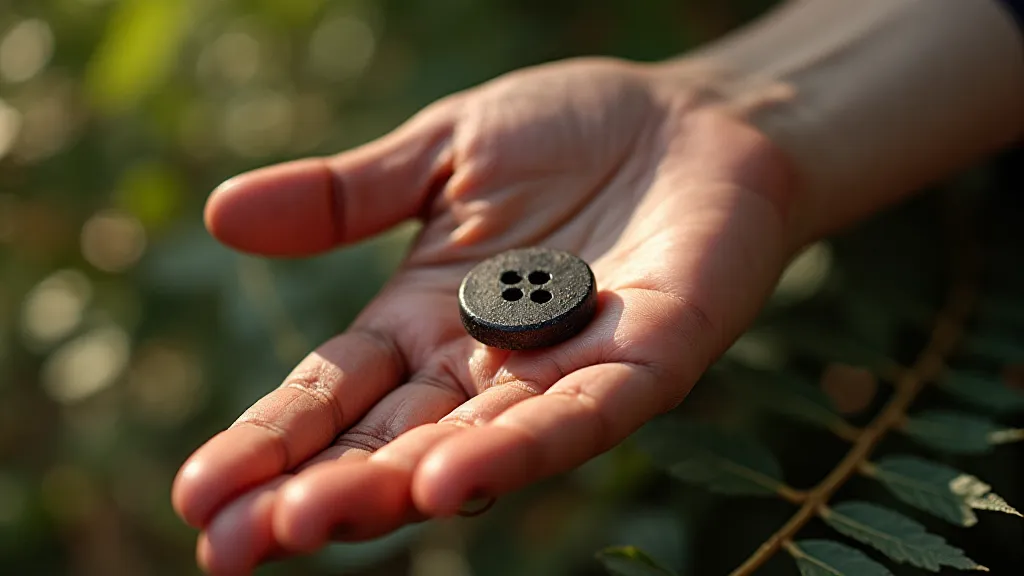
The Lacquer Layer: Protection and Luster
But the artistry didn't end with the dyeing. To truly preserve the color and impart a beautiful luster, a layer of lacquer was often applied. This wasn’t the synthetic lacquer we know today. This was traditionally made from the resin of the lacquer tree (Rhus succedanea), painstakingly harvested and processed. The application of the lacquer was an art in itself. It required a steady hand, a deep understanding of the resin's properties, and the patience to apply multiple thin layers, allowing each to dry completely before the next was applied.
The lacquer not only protected the color from fading and abrasion; it also created a stunning depth and translucency. Under the right light, these buttons seem to glow from within, radiating a warmth and richness that is simply unmatched by modern equivalents.
The Decline and Legacy of a Lost Art
The advent of synthetic dyes and mass production techniques in the early 20th century marked the beginning of the end for vegetable-dyed buttons. The process was simply too time-consuming and expensive to compete with the efficiency of the new technologies. The knowledge, once passed down through generations, began to fade as the demand for these exquisite objects diminished.
Yet, the legacy endures. The few surviving vegetable-dyed buttons are highly prized by collectors – not just for their beauty and rarity, but for the story they tell. They are tangible links to a time when craftsmanship was valued above all else, when materials were sourced sustainably, and when the act of creation was a labor of love.
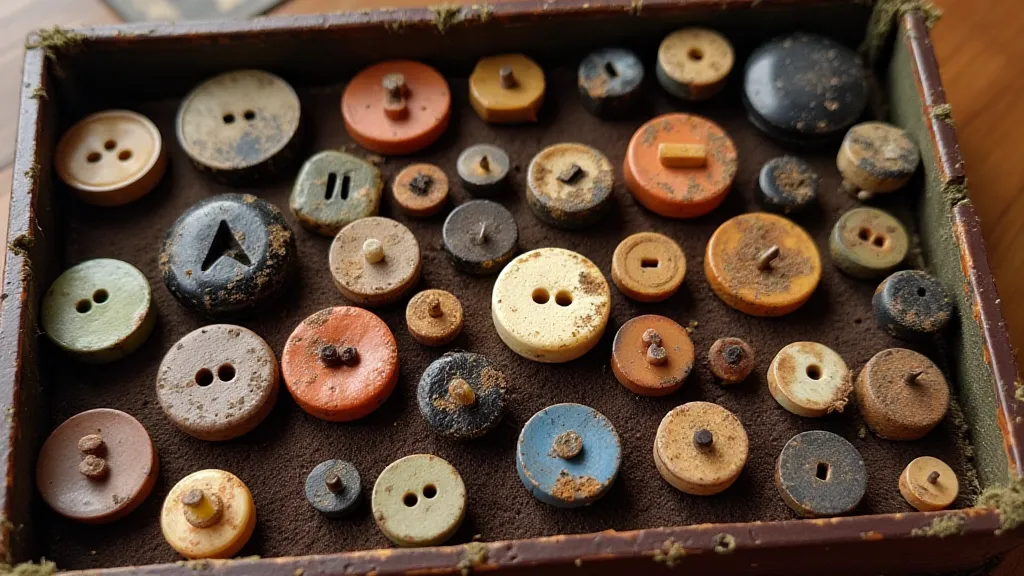
Appreciating the Details: A Collector’s Perspective
For those of us drawn to collecting vintage buttons, learning to identify vegetable-dyed buttons is an exercise in observation and appreciation. Look closely at the color – is it vibrant and uniform, or does it possess subtle variations and depth? Examine the surface – does it have a slight mottling or graininess, a telltale sign of natural dye penetration? Consider the material – bone, horn, wood, seed – and how it interacts with the color.
The true reward of collecting these treasures lies not just in acquiring beautiful objects, but in understanding the artistry and history behind them. Each button is a tiny window into the past, a testament to the ingenuity and skill of the hands that created it. And as we hold these fragments of history in our hands, we can’t help but feel a profound sense of connection to the generations who came before us – those who understood the true value of slow, deliberate craftsmanship and the enduring beauty of the natural world.

